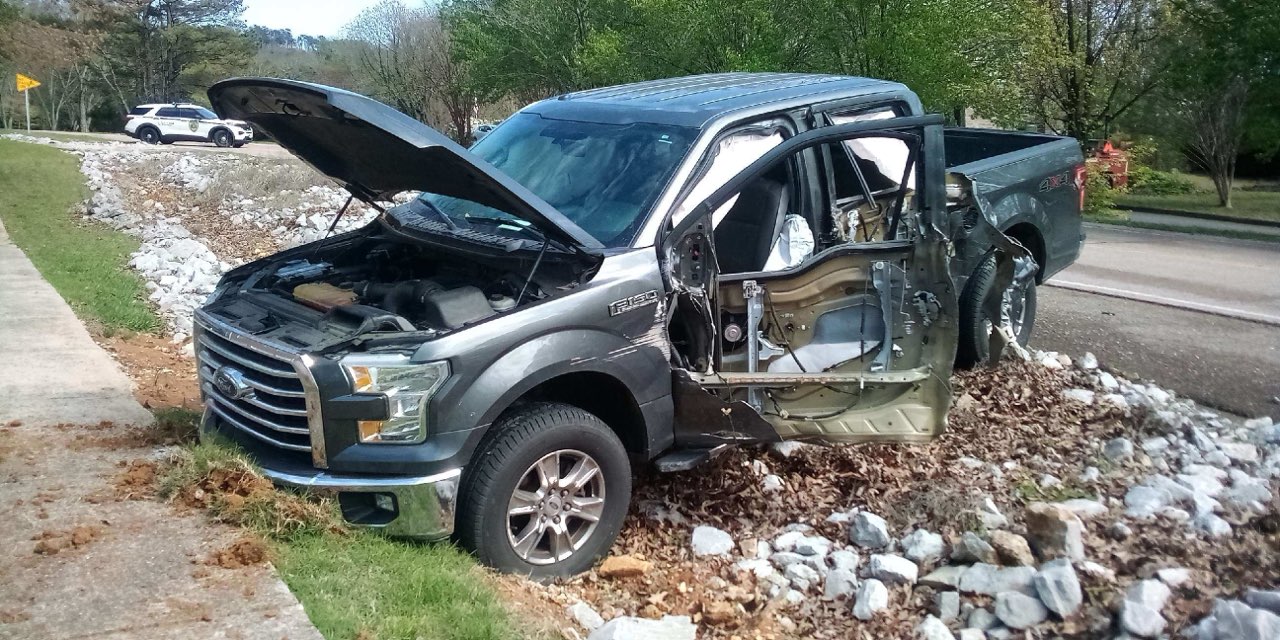
FREE SHIPPING ON
ALL QUALIFYING ORDERS
Enter your email below to join our mailing list:

In recent years, the use of drones has become increasingly popular in a variety of industries, including construction. Drones have proven to be a valuable tool in many aspects of construction, from surveying to monitoring progress on a job site. In this article, we will explore the various ways in which drones are being used in the construction industry and the benefits they bring.
One of the primary uses of drones in construction is for surveying and mapping. By using high-resolution cameras and sensors, drones can quickly and accurately create 3D maps and models of construction sites. This technology allows construction teams to get a bird’s-eye view of the site and gather data about the terrain, existing structures, and potential obstacles. Drones can also be used to create topographic maps, which are critical for planning construction projects and ensuring the accuracy of excavation and grading work.
Another benefit of using drones in construction is the ability to perform inspections and monitor progress on a job site. Drones equipped with high-resolution cameras can capture detailed images and videos of a construction site, allowing teams to inspect hard-to-reach areas such as rooftops and tall structures. This technology can also be used to monitor construction progress, track equipment and material movement, and identify potential safety hazards.
Drones can also be used to improve safety on construction sites. By using drones to perform inspections and monitoring tasks, construction workers can avoid hazardous situations and reduce the risk of injury. Drones can also be used to inspect structures after natural disasters, such as earthquakes or hurricanes, to identify potential safety hazards and ensure the safety of workers and residents.
In addition to improving safety and efficiency, the use of drones in construction can also save time and money. By using drones to perform tasks such as surveying and monitoring, construction teams can gather data more quickly and accurately, reducing the need for manual labor and costly equipment. Drones can also help construction teams identify potential problems early on, reducing the need for costly rework or delays in the construction schedule.
Despite the many benefits of using drones in construction, there are some challenges that must be addressed. One of the most significant challenges is ensuring that drones are operated safely and legally. Construction companies must ensure that they have the necessary permits and licenses to operate drones, and that their operators are trained and qualified to fly drones safely.
Another challenge is the need for effective data management and analysis. Drones can generate large amounts of data, and construction teams must have the tools and expertise to manage and analyze this data effectively. This includes using software to process and analyze data, as well as trained personnel who can interpret the data and use it to make informed decisions.
In conclusion, the use of drones in the construction industry has many benefits, including improved safety, efficiency, and cost savings. Drones can be used for a variety of tasks, including surveying, mapping, inspection, and monitoring, and can help construction teams identify potential problems early on. While there are challenges associated with the use of drones, including the need for effective data management and compliance with regulations, the benefits of using drones in construction are clear. As the technology continues to advance, we can expect to see even more innovative uses for drones in the construction industry in the years to come.





No spam, notifications only about products and updates.

Having dealt with MK Diamond Products and the Delahauts since the mid 1990’s it is sad to hear the news that they have closed their

I’ve told my wife and daughter to never follow a mortar mixer down the interstate. For over 30 years we have sold, rented, and repaired

This question is one of the most frequent mixer related questions our rental staff are asked. Our contractor customers know the importance of using the right tools for the job.

Trowel Trades, a company that specializes in equipment rental, tool retail, repair services, scaffolding and mast climber access solutions, enters the Silver Tier of the Masonry Alliance Program.
Your email was submitted successfully.
YOUR 10% OFF COUPON CODE IS WELCOME10.
See category exclusions below.
Category Exclusions:
Arbortech Brick and Mortar Saw, Compaction, Concrete Mixers, Concrete Walk Behind Saws, Drop Hammers, Grout Hogs, iQ Power Tools, Masonry Block Saws, Masonry Brick Saws, Mast Climbers, Mortar Mixers, Mud Buggy, Saws, Scaffold, Self Dumping Hoppers, Shoring, and Stihl